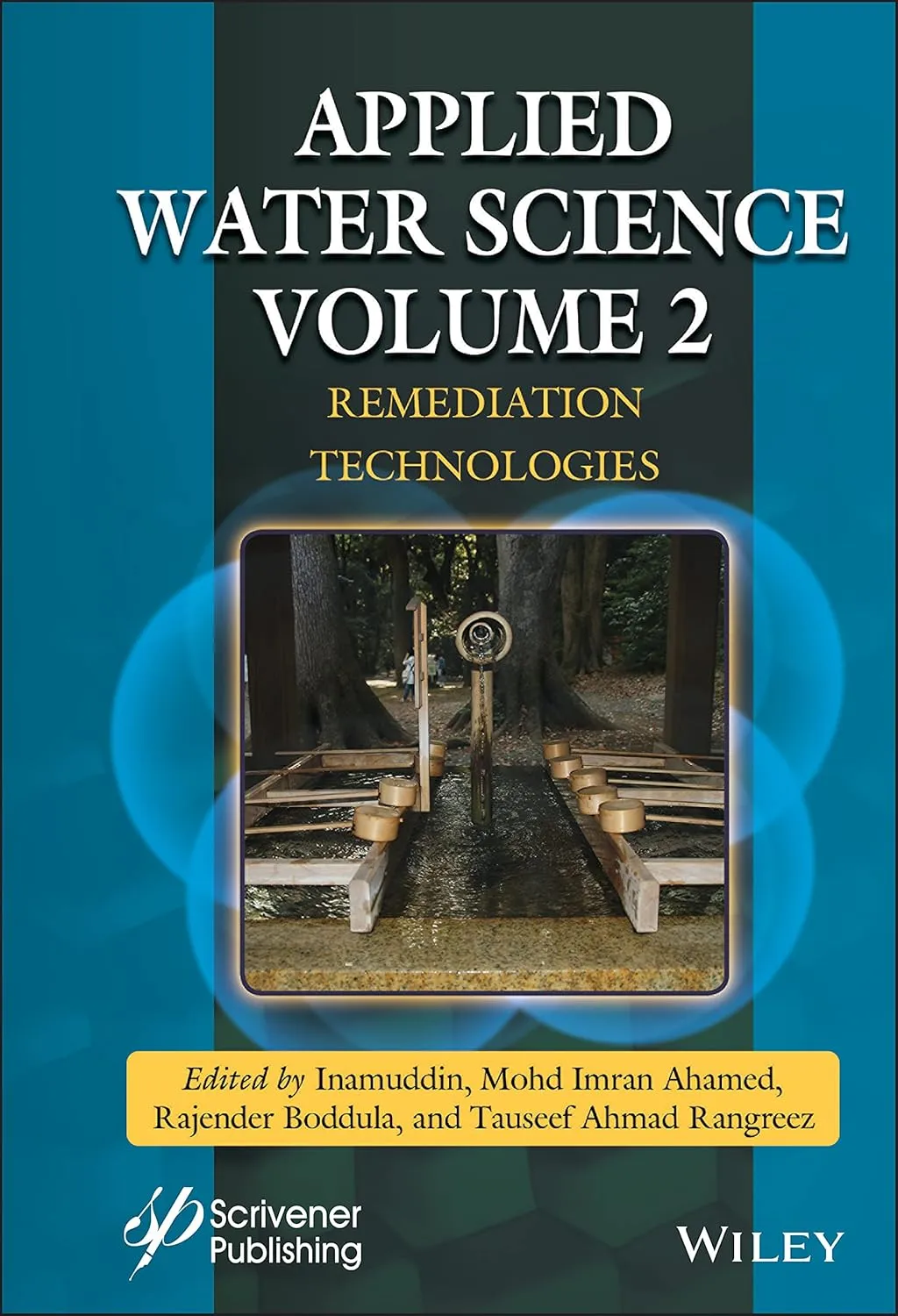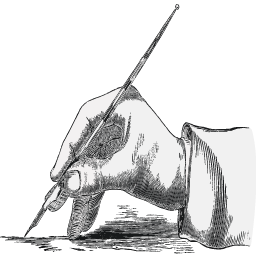Home
|
Products
|
9789356962026

Applied Water Science Remediation Technologies Volume 2 | Hardcover
by Inamuddin I.
Highlights

9781119724735
ISBN

Inamuddin I.
Author

688
Pages

215 gm
Weight

English
Language

2021
Year

1st Edition
Edition

Hardcover
Binding
₹18717
₹20797
APPLIED WATER SCIENCE VOLUME 2The second volume in a new two-volume set on applied water science, this book provides understanding, occurrence, identification, toxic effects and control of water pollutants in an aquatic environment using green chemistry protocols. The high rate of industrialization around the world has led to an increase in the rate of anthropogenic activities which involve the release of different types of contaminants into the aquatic environment. This generates high environmental risks, which could affect health and socio-economic activities if not treated properly. There is no doubt that the rapid progress in improving water quality and management has been motivated by the latest developments in green chemistry. Over the past decade, sources of water pollutants and the conventional methods used for the treatment of industrial wastewater treatment have flourished. Water quality and its adequate availability have been a matter of concern worldwide particularly in developing countries. According to a World Health Organization (WHO) report, more than 80% of diseases are due to the consumption of contaminated water. Heavy metals are highly toxic and are a potential threat to water, soil, and air. Their consumption in higher concentrations gives hazardous outcomes. Water quality is usually measured in terms of chemical, physical, biological, and radiological standards. The discharge of effluent by industries contains heavy metals, hazardous chemicals, and a high amount of organic and inorganic impurities that can contaminate the water environment, and hence, human health. Therefore, it is our primary responsibility to maintain the water quality in our respective countries. This book provides understanding, occurrence, identification, toxic effects and control of water pollutants in an aquatic environment using green chemistry protocols. It focuses on water remediation properties and processes including industry-scale water remediation technologies. This book covers recent literature on remediation technologies in preventing water contamination and its treatment. Chapters in this book discuss remediation of emerging pollutants using nanomaterials, polymers, advanced oxidation processes, membranes, and microalgae bioremediation, etc. It also includes photochemical, electrochemical, piezoacoustic, and ultrasound techniques. It is a unique reference guide for graduate students, faculties, researchers and industrialists working in the area of water science, environmental science, analytical chemistry, and chemical engineering. This outstanding new volume: Provides an in-depth overview of remediation technologies in water scienceIs written by leading experts in the fieldContains excellent, well-drafted chapters for beginners, graduate students, veteran engineers, and other experts alikeDiscusses current challenges and future perspectives in the fieldAudience: This book is an invaluable guide to engineers, students, professors, scientists and R&D industrial specialists working in the fields of environmental science, geoscience, water science, physics and chemistry.
Online store of medical books
Discover a comprehensive range of medical books at our online store. From anatomy and physiology to the latest clinical guidelines, we've got you covered.
Trusted by students, educators, and healthcare professionals worldwide. Browse top publishers and expert-authored titles in every medical specialty. Enjoy fast shipping, secure payments, and easy returns. Your one-stop destination for quality medical knowledge at your fingertips.
Whether you're preparing for exams or expanding your clinical expertise, our curated collection ensures you have the right resources at hand. Dive into detailed illustrations, case studies, and up-to-date research that enhance your understanding and practical skills.
We regularly update our inventory to include the latest editions and newly released titles, helping you stay current in the ever-evolving medical field. Our advanced search and filtering tools make finding the perfect book quick and hassle-free.
Join our community of lifelong learners and medical enthusiasts. Sign up for exclusive discounts, early access to new arrivals, and personalized book recommendations tailored to your professional interests.
